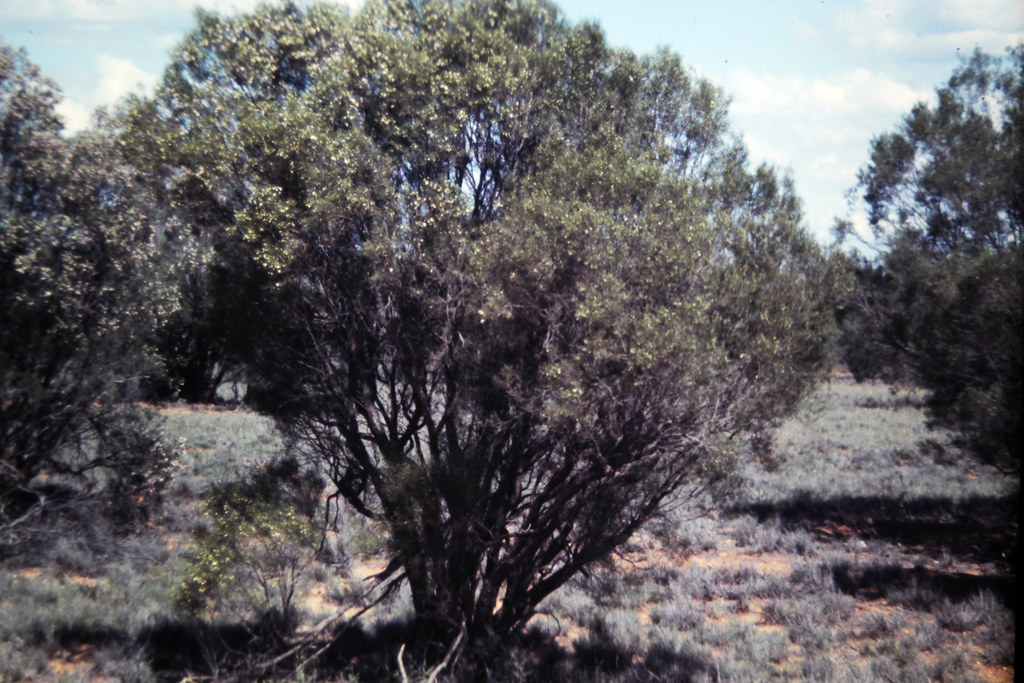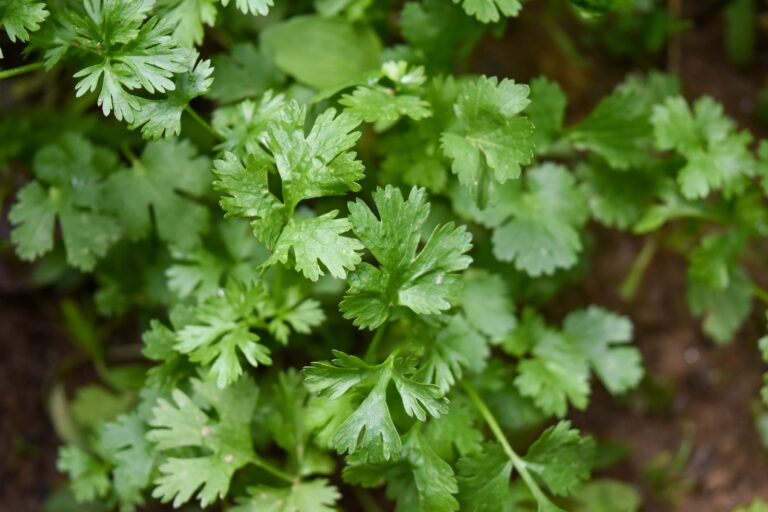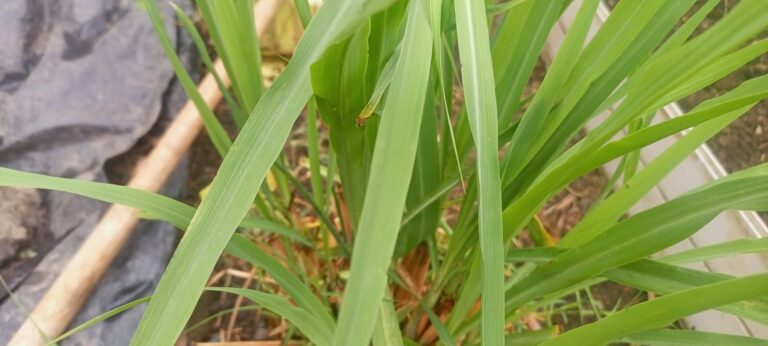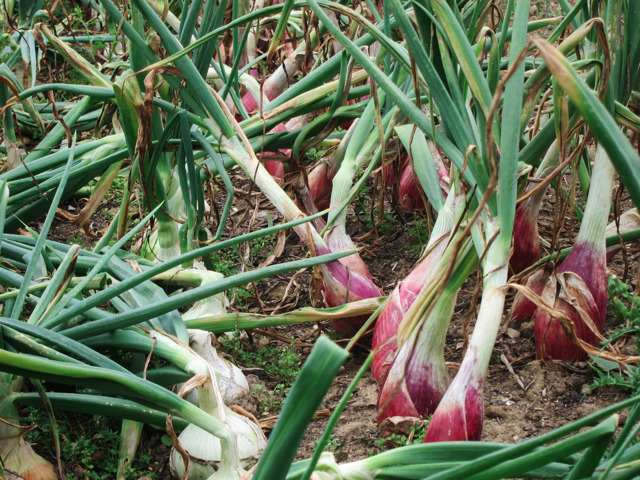Growing Sandalwood in Kenya
Sandalwood is a fragrant, highly valuable tree species that is known for its numerous uses in the cosmetics and pharmaceutical industries. Due to its high economic value, sandalwood has been overexploited in many parts of the world, leading to a significant decline in its population.
In Kenya, sandalwood is one of the most valuable tree species, with a rich history and cultural significance. This article provides an overview of sandalwood in Kenya, including its definition, importance, and cultivation techniques.
Definition of Sandalwood
Sandalwood is a small to medium-sized evergreen tree that belongs to the Santalaceae family. The scientific name for sandalwood is Santalum album or Santalum spicatum depending on the variety.
Sandalwood trees are known for their fragrant heartwood, which has a distinctive sweet woody aroma. The heartwood contains essential oils that are used to produce perfumes, incense sticks, and other beauty products.
Importance of Sandalwood
Sandalwood has been used for centuries due to its numerous benefits. From traditional medicine to commercial products such as perfumes and cosmetics; it’s indispensable across industries. It’s also valued for its spiritual significance globally as it’s frequently used during yoga or meditation practices since sandal wood provides a calming effect on our minds & bodies by lowering blood pressure levels and reducing anxiety.
Overview of Sandalwood in Kenya
In Kenya, sandalwood grows naturally in different regions including Taita Taveta County which produces some of the best quality wood in East Africa; Makueni County; Kilifi County among others (where distribution was made). The Kenyan Government has put regulations limiting people from cutting down forests containing mature trees. As part of these measures, the government has introduced initiatives to encourage sandalwood cultivation as a way of protecting the species while also promoting economic benefits.
While it is legal to grow sandalwood in Kenya, it’s important one gets proper permits and adheres to regulations on its trade and transport in order to avoid legal complications. This article will provide insight into how you can legally grow sandalwood in Kenya using various methods.
Climate and Soil Requirements for Sandalwood Growth
Optimal Temperature Range for Sandalwood Growth
Sandalwood is a tropical plant that requires warm temperatures for successful growth. Ideally, temperatures between 20-30°C (68-86°F) are preferred. Temperatures lower than this range can lead to stunted growth, while temperatures higher than this can cause sunburn on leaves and damage to the roots.
Interestingly, sandalwood trees are also known to tolerate drought conditions but cannot withstand frost or prolonged periods of waterlogging. Therefore, it is important to ensure that the soil has good drainage and that sandalwood is not grown in areas prone to frost.
Soil Conditions Required for Successful Sandalwood Cultivation
Sandalwood grows well in well-drained soils with neutral pH levels ranging from 6.5-7.5. It prefers sandy loam soil types but can also grow in clay soils as long as they are well-drained with good aeration. Before planting sandalwood trees, it is essential to conduct a soil test to determine its fertility levels.
Nutrient deficiencies affect the quality of the tree’s wood and yield, thus proper fertilization should be done after soil analysis results have been obtained. Growing sandalwood requires specific climatic conditions and soil type for optimal growth and high yields.
While it may be tempting to try growing sandalwood at home, it is important first to research if it is legal in your area since in some regions due to its high demand, sandalwood may be illegal. In Kenya however where sandalwood is found naturally in some parts of the country, growers must ensure they provide ideal climatic conditions as discussed above and cultivate their crops under best management practices including pest control measures.
Propagation Techniques for Growing Sandalwood in Kenya
Seed Propagation Method
The seed propagation method is the most commonly used technique for growing sandalwood in Kenya. This method involves collecting mature seeds from sandalwood trees, which are then sown into seedbeds.
The ideal time to plant the seeds is during the rainy season when the soil is moist and conducive for germination. The seedlings will typically take between 6 to 12 months to reach a size that makes them suitable for planting out into their permanent location.
It is important to note that sandalwood trees have a low germination rate, and it can take up to 2 years before they start to sprout. However, patience and proper care are key to ensuring that your seedlings grow into healthy mature plants.
Vegetative Propagation Method
The vegetative propagation method involves taking cuttings from existing mature sandalwood trees and planting them directly into the soil or potting mix. This method has a higher success rate compared to seed propagation because the cuttings come from genetically superior parent trees. Before planting, ensure that you choose healthy branches with at least two nodes and remove all leaves except two at the top of each cutting.
Dip them in rooting hormone powder before planting them in well-draining soil or potting mix. Keep the soil consistently moist but not waterlogged.
This technique ensures you get an exact genetic copy of the sandalwood tree you took cuttings from, which can be advantageous if you want a consistent product quality or quantity. Can we grow sandalwood at home?
Yes, it’s possible using both methods described above with some basic knowledge on how to grow sandalwood successfully. Overall both methods require patience, knowledge on how to grow sandalwood successfully as well as regular monitoring and management practices such as irrigation, fertilization, pruning and thinning to ensure optimal growth.
Irrigation and Fertilization
For successful sandalwood cultivation, it is essential to ensure adequate water availability throughout the growing season. Sandalwood requires sufficient water for growth and root development.
Irrigation also helps to reduce stress on the plants during the dry season. However, overwatering can lead to root rot, which can be fatal to sandalwood trees.
The frequency of irrigation depends on soil type, planting density, and climatic conditions. In general, young plants require frequent watering until they are well-established.
Once established, the plants can be irrigated less frequently but with larger volumes of water. Sandalwood also requires regular fertilization for growth and essential oil production.
Nitrogen is a key nutrient required for healthy plant growth and should be supplied in small amounts regularly throughout the growing season. Phosphorus is critical for root development and should be provided during planting or early stages of growth.
Pruning and Thinning
Pruning and thinning are essential management practices that promote healthy growth in sandalwood trees in Kenya. Pruning helps remove dead or diseased wood while thinning reduces competition between trees for light and nutrients. Pruning should be done during the early stages of plant development when the trees are still young, preferably within two years after planting.
It involves removing any broken or diseased branches by making a clean cut close to the trunk using a sharp pruning saw. Thinning involves removing some trees to create space between them so that each remaining tree has access to adequate resources such as sunlight, nutrients, and water.
Pest and Disease Management
Sandalwood is susceptible to pests such as termites, scales, mealybugs as well as fungal diseases like powdery mildew if left unmanaged in Kenya’s environment. Regular monitoring of pests is necessary to take swift action before significant damage occurs. Natural predators such as predatory mites and ladybugs can be used to control the population of pests while chemical pesticides can be used as a last resort.
However, care should be taken when using pesticides as they can harm beneficial organisms like bees and other pollinators. Proper management practices are essential for successful sandalwood cultivation in Kenya.
These practices include irrigation and fertilization, pruning and thinning, and pest and disease management. With the right care, sandalwood trees can provide a sustainable source of income for farmers in Kenya’s arid regions where these trees thrive.
Harvesting Techniques
Harvesting sandalwood in Kenya is a delicate process that requires expertise. The best time to harvest is when the sandalwood trees are about 15 to 20 years old, and the oil concentration in the heartwood is at its peak. Harvesters use sharp tools such as saws or axes to carefully remove the heartwood from the tree.
It is crucial to avoid damaging the tree’s roots or bark during this process, as it can affect its growth and productivity in future harvesting cycles. The harvested sandalwood is then meticulously cleaned before being processed into various products.
Processing Methods
Once harvested, sandalwood goes through a rigorous processing procedure to extract its oil and other valuable components. The most common method of processing involves steam distillation, which extracts essential oils from wood chips by subjecting them to high-pressure steam.
This method results in superior quality oil that fetches high market prices locally and internationally. Other processing methods include solvent extraction, cold pressing, and enfleurage.
Marketing Channels
Sandalwood from Kenya has a significant global demand due to its excellent quality and unique fragrance profile. The majority of Kenyan sandalwood products are exported worldwide through various marketing channels such as wholesalers, distributors, retailers, and online platforms such as Amazon or eBay. Sandalwood products range from essential oils, perfumes, cosmetics, incense sticks among others; these are sold at different price points depending on their quality.
However, there have been numerous concerns over illegal harvesting of sandalwood in Kenya leading to government regulations put in place to oversee trade licensing for sustainable production methods ultimately protecting public interest while ensuring commercial viability of legal growers. Growing Sandalwood in Kenya can be rewarding if done the right way using recommended harvesting techniques that protect the environment while ensuring sustainable production practices for continuous supply to the market.
Conclusion
Based on the information presented in this article, it is possible to grow sandalwood in Kenya with proper management practices. However, it requires careful consideration of climate and soil requirements, as well as knowledge of propagation techniques and pest management. Sandalwood cultivation can provide a lucrative income for farmers and contribute to the Kenyan economy.
Summary of Key Points
Sandalwood requires a specific tropical climate with a temperature range between 20-30°C and well-drained soil with a pH range between 6.0-7.5. Propagation methods include seed propagation and vegetative propagation using stem or root cuttings. Management practices such as irrigation, fertilization, pruning, thinning, pest control are crucial for successful growth.
Future Prospects of the Kenyan Sandalwood Industry
The future prospects for sandalwood cultivation in Kenya are positive due to its high demand in international markets for its valuable wood and oils. The industry has potential for growth with several organizations investing in research on how to grow sandalwood successfully. If these efforts continue with proper regulation from authorities regarding harvesting processes and trade laws, then the Kenyan economy will benefit further from this industry.







